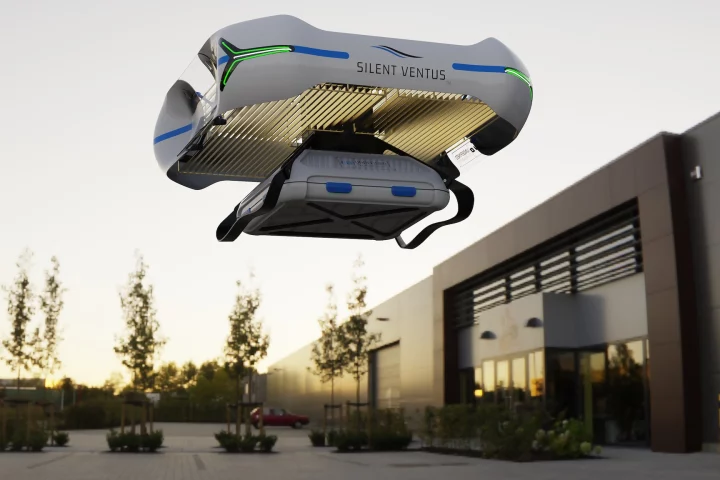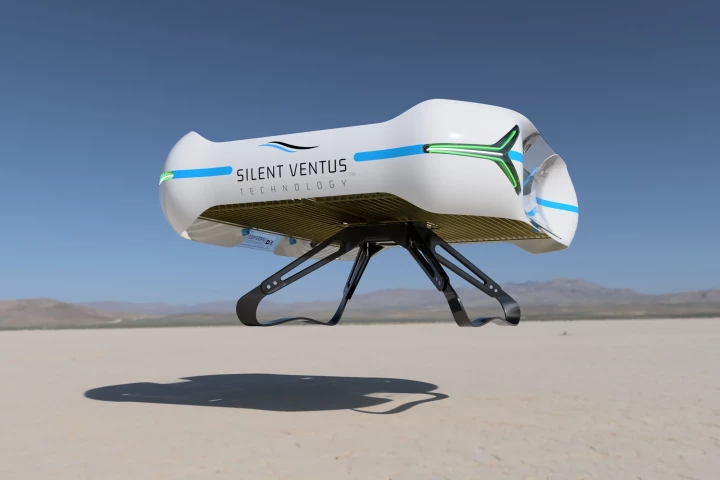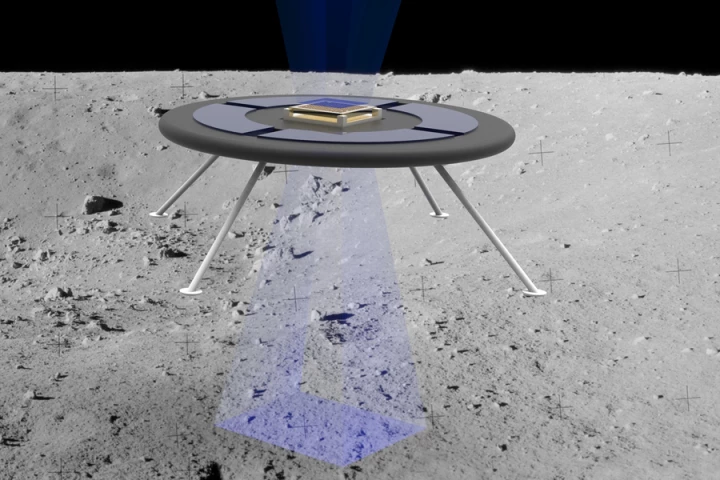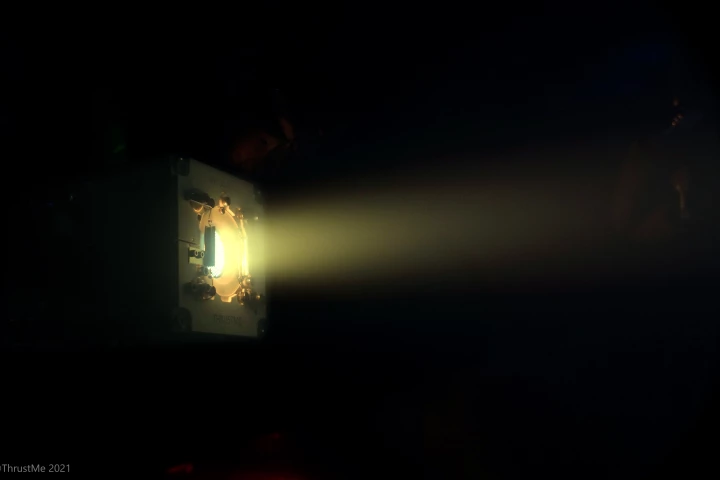Ion propulsion
-
Under a US$33.7-million Air Force Research Laboratory (AFRL) contract, Lockheed Martin is developing a next-generation nuclear-reactor-powered spacecraft for the Joint Emergent Technology Supplying On-Orbit Nuclear (JETSON) High Power program.
-
Florida's "silent" flying dish-rack, powered by ionic propulsion, is on track for commercial rollout in 2024, according to Undefined Technologies, which has released new outdoor flight test video. We remain curious, but unconvinced it'll be viable.
-
With two successful flight tests in the bag, and just under US$2 million in seed funding, Florida company Undefined Technologies has unveiled the next generation of its "silent" commercial drone, which uses ionic propulsion instead of propellers.
-
Although we may think of flying saucers as craft used by aliens in movies, MIT scientists are now proposing utilizing one of their own to explore the Moon. The vehicle would hover above the lunar surface via the force of electrostatic repulsion.
-
In a development that could help slow the proliferation of space junk, the orbit of a communications satellite has for the first time been altered using solid iodine as a propellant.
-
Florida's Undefined Technologies claims it has managed to increase the thrust levels of ion propulsion systems to "unprecedented levels" with its "Air Tantrum" technology, enabling very quiet drones with no moving parts in the propulsion system, that look like flying pallets.
-
Aerojet Rocketdyne and NASA's Advanced Electric Propulsion System (AEPS) thruster that will be used on NASA's Gateway orbiting lunar outpost has passed a major milestone, completing its first full-power test, running at 12.5 kW.
-
Researchers are studying how to use salt-based propellants that can be used to power dual-mode rockets that work as both combustion and ion engines.
-
On the road to getting humans to Mars, engineers from NASA and the University of Michigan have successfully tested the X3, a thruster designed to get us to Mars. And it’s broken several records in the process.
-
Orbiting satellites are mostly propelled by gravity. But electrospray propulsion is sometimes used to reposition them. The fine nozzles in such systems are notoriously prone to breakage though, so researchers developed a way to create them out of their own fuel source, making them self-healing.









